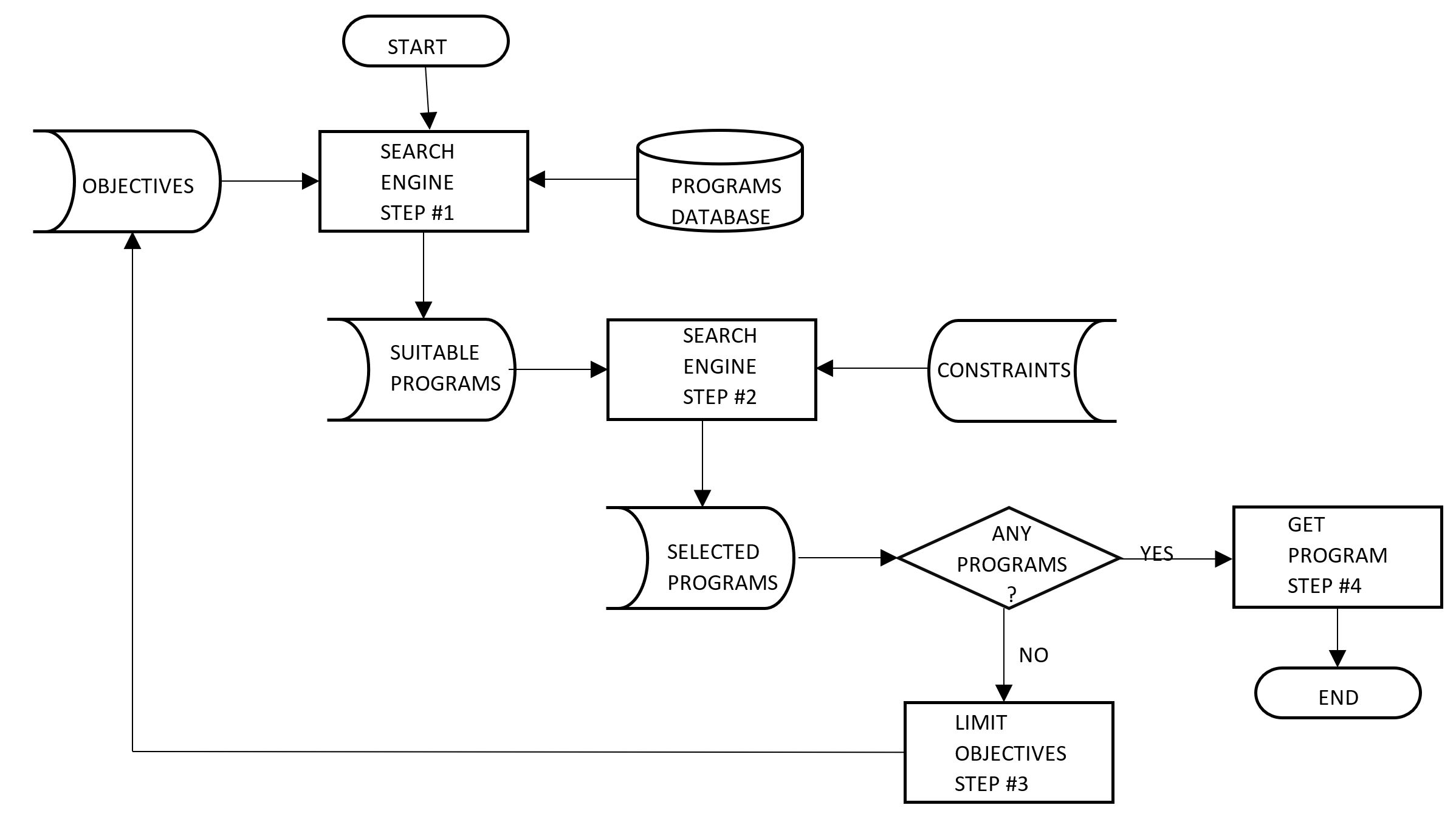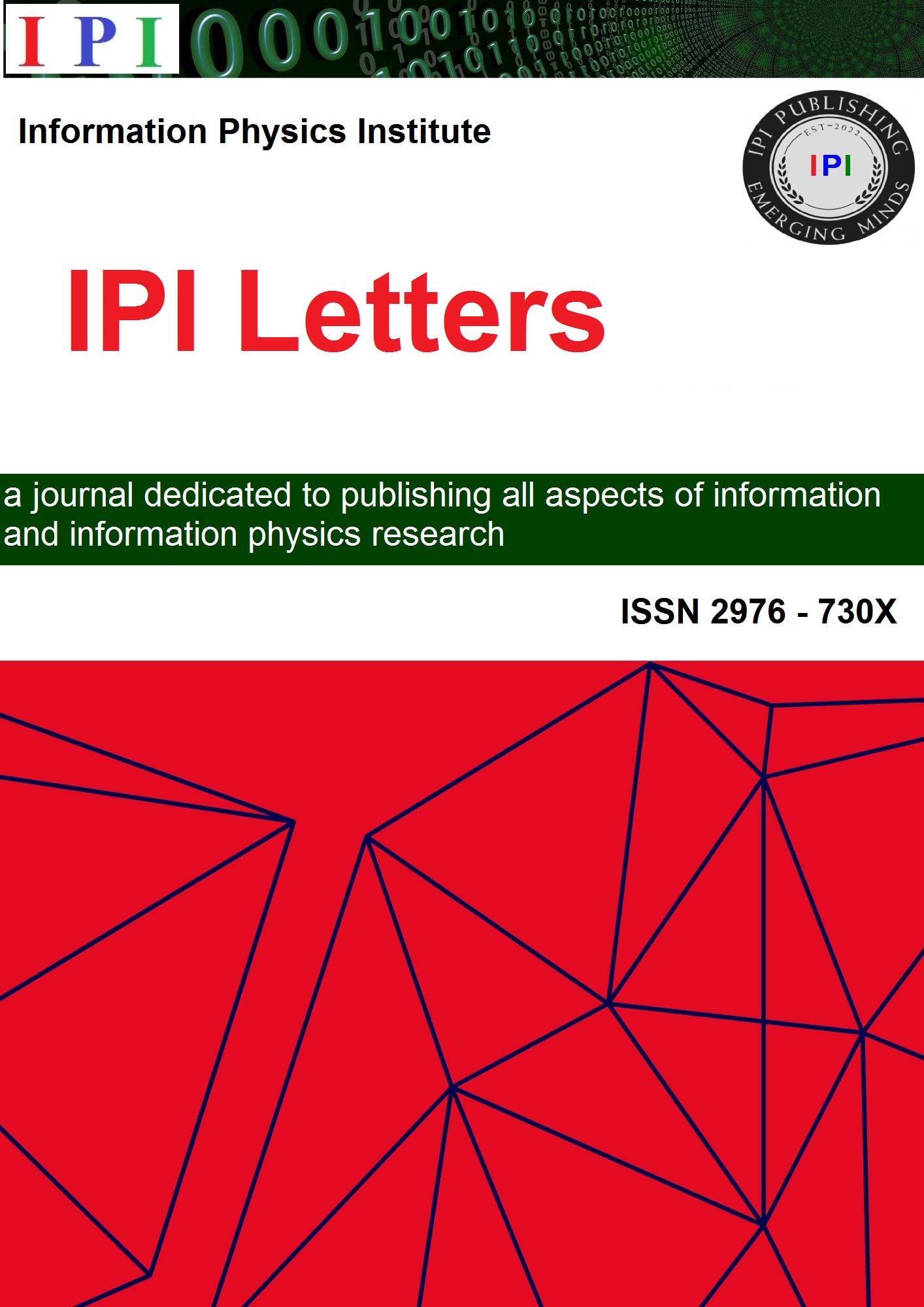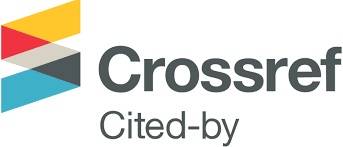Coexisting with Super-intelligent computers
DOI:
https://doi.org/10.59973/ipil.65Keywords:
Artificla intelligenge, super IntelligenceAbstract
The overall purpose of this research is how to avoid potential conflicts between humans and intelligent computers (Artificial, Super and Hyper) while this Article focuses on the prevention of existential conflicts with Super-intelligent computers. According to Bostrom, the paths towards Super-intelligence are Whole Brain emulation, biological cognition and development of human/machine interfaces. Super Intelligent computers simulate human behaviour and processes or systems that could exist in the real world and by becoming conscientious on their own, could become Singletons and shape the future of humans and Humanity for their own reasons.
References
Nick Bostrom, Superintelligence: Paths, Dangers, Strategies, Oxford University Press (2014) ISBN-10:0199678111
Umberto Eco, The island of the day before, HarperVia (2006) ISBN10: 0156030373
Cai, H., Ao, Z., Tian, C. et al. Brain organoid reservoir computing for artificial intelligence. Nat Electron 6, 1032–1039 (2023) https://doi.org/10.1038/s41928-023-01069-w DOI: https://doi.org/10.1038/s41928-023-01069-w
Sun Tzu, The Art of War, Penguin Classics; 1st edition (2008) ISBN-10: 9780140455526
Pedro Domingos, The Master Algorithm: How the Quest for the Ultimate Learning Machine Will Remake Our World, Penguin; 1st edition (2017) ISBN-10:9780141979243
Nicolau, M. (2024) Artificial Intelligence – Friend or Foe. IPI Letters, 2(1), 34–41 https://doi.org/10.59973/ipil DOI: https://doi.org/10.59973/ipil.54
https://webhome.auburn.edu/ vestmon/robotics.html

Downloads
Published
How to Cite
Issue
Section
License
Copyright (c) 2024 Mark Nicolau

This work is licensed under a Creative Commons Attribution 4.0 International License.














